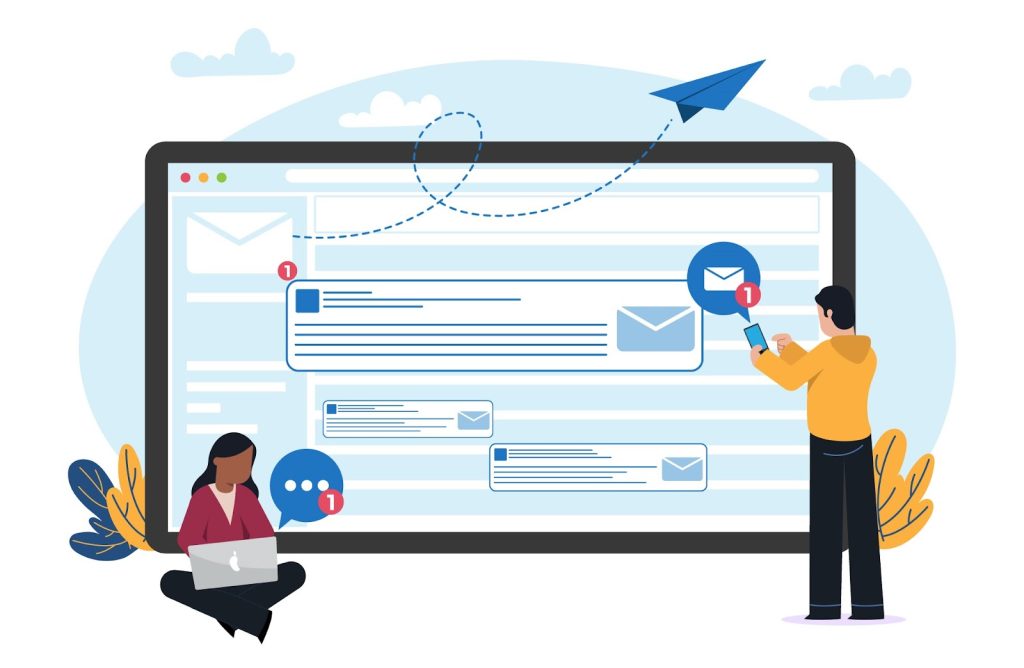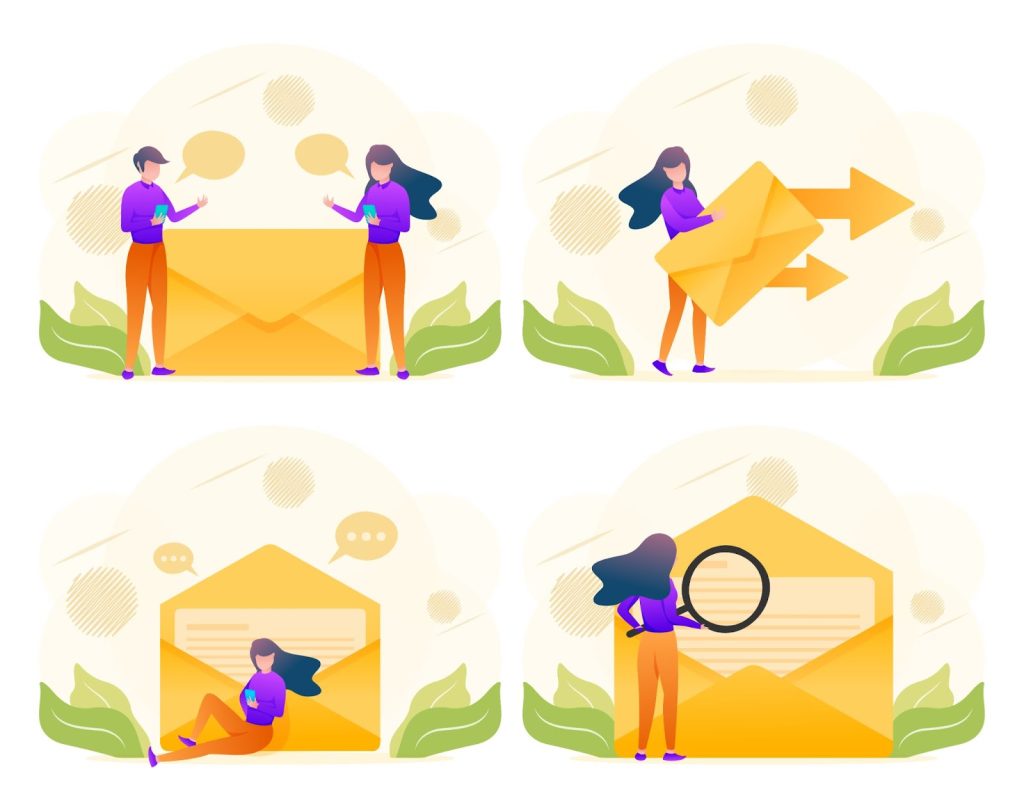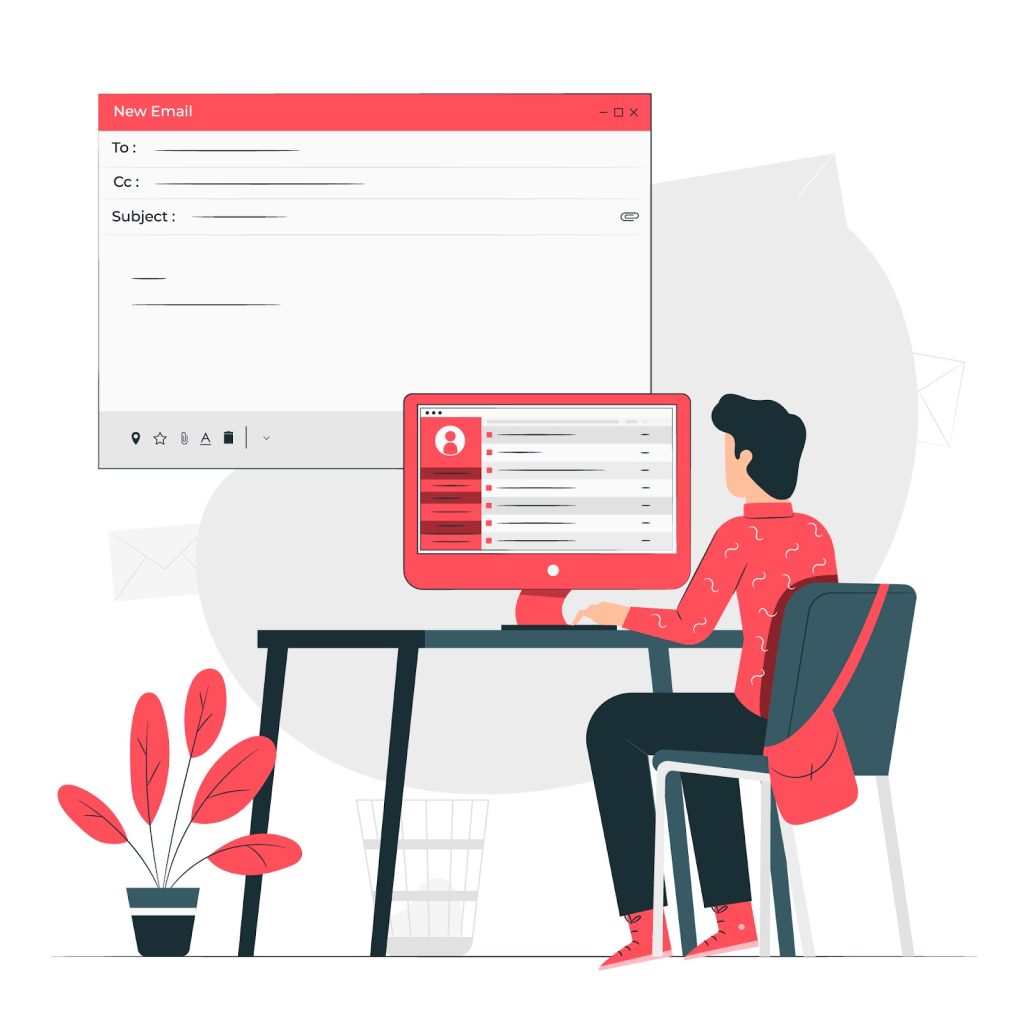
Introduction
Are your generic email campaigns not resonating with your audience and getting lost in their inbox? So you’re missing out on potential revenue and wasting time and resources on ineffective strategies.
In today’s digital age, personalization is key to capturing the attention of potential customers and boosting sales. With the power of targeted email marketing, businesses can reach their audience on a more individual level, increasing engagement and driving conversions.
In this blog post, we will explore the strategies and best practices to master the art of personalized email campaigns, with different tools such as email marketing tools, email finder, etc., helping you to build credibility, enhance customer relationships, and ultimately, boost your sales.
Get ready to take your email marketing to the next level and see the incredible results of a personalized approach.
Importance of personalization in email marketing
Personalization is crucial in email marketing because it allows you to tailor your messages to individual recipients, making them feel valued and understood. By addressing customers by their names and sending relevant content based on their preferences and past interactions, you can create a more personalized and engaging experience.
Importance of Personalization in Email Marketing
Personalization is a crucial element in email marketing, as it plays a significant role in fostering engagement and building strong relationships with customers. Here are some key reasons why personalization is essential in email marketing:
- Increased Open Rates: Personalized emails grab the attention of the recipients, making them more likely to open and read the message. Relevant subject lines and personalized greetings cater to the individual’s preferences, increasing the chances of engagement.
- Improved Click-Through Rates: When emails are tailored specifically to the recipient, they become more relevant and compelling. Personalized content and offers that align with the individual’s interests and preferences make it more likely for recipients to click on links and take desired actions.
- Enhanced Customer Engagement: Personalization makes customers feel valued, understood, and appreciated. By tailoring emails to their preferences, interests, and past behaviors, businesses have the opportunity to create a deeper connection with their audience, leading to increased engagement and brand loyalty.
- Higher Conversion Rates: Personalized emails that address the recipient’s unique needs and pain points are more likely to convert leads into customers. By understanding the customer’s preferences and providing relevant solutions, businesses can increase the chances of driving conversions and ultimately boost sales.
- Greater Customer Retention: Email personalization allows businesses to nurture their relationships with existing customers. By sending targeted and personalized content, businesses can make customers feel more connected, valued, and motivated to remain engaged with the brand, resulting in improved customer retention rates.
- Improved Customer Segmentation: Personalization helps categorize customers into different segments based on their behaviors, interests, demographics, or purchase history. By segmenting the email list effectively, businesses can send relevant content to different groups, increasing the chances of resonating with each segment individually and improving overall campaign performance.
Understanding Your Audience
When it comes to boosting sales with targeted email marketing, understanding your audience is key. By identifying your target customer segments and gathering and analyzing customer data, you can personalize your email campaigns to resonate with your audience and drive conversions.
Identifying target customer segments
Segmenting your audience first takes into account their preferences, behaviors, and demographics. This allows you to create tailored messages that address the specific needs and interests of each segment.
For example, if you have an e-commerce business selling clothing, you may want to create separate segments for men and women, as well as for different age groups or geographic locations.
Gathering and analyzing customer data
Collecting customer data is essential for effective personalization. You can gather data through various channels such as website analytics, social media insights, and customer surveys. Analyzing this data will provide valuable insights into your customers’ preferences, purchase history, and engagement patterns. With this information, you can create personalized email content that speaks directly to their needs and interests.
Creating Targeted Email Campaigns

When it comes to boosting sales with email marketing, personalization is key. Sending generic emails to your entire subscriber list is no longer effective. Instead, you need to tailor your messages to specific segments of your audience. Here’s how you can master the art of personalization and boost your sales through targeted email campaigns.
Segmenting your email list
To start, you need to segment your email list based on various criteria such as demographics, purchase history, or engagement level. This allows you to send relevant content to each segment, increasing the chances of conversion. You can use email marketing platforms that offer segmentation features or email finder tools to gather additional data about your subscribers.
Using email finder tools
Email finder tools can help you gather valuable information about your subscribers, such as their job titles, company size, or social media profiles. Some popular email finder tools include GrowMeOrganic, Hunter, Voilà Norbert, and Snov.io.
Crafting personalized email content
Once you have segmented your list and gathered additional data, it’s time to craft personalized email content. Use the information you have collected to create tailored messages that resonate with each segment. Personalization can include addressing subscribers by their name, referencing their past purchases or interactions with your brand, and offering customized recommendations based on their preferences.
Crafting personalized email content involves tailoring the content of an email to resonate with the interests and preferences of the individual recipients. By incorporating personalization techniques, such as addressing the recipient by their name or referencing their previous interactions or purchases, email content becomes more relevant and engaging.
An example of crafting personalized email content could be sending an email to a customer who recently purchased a pair of running shoes, sharing recommendations for running accessories, or offering a discount on a future purchase.
This approach establishes a connection with the customer, shows that their preferences and needs are valued, and increases the likelihood of them engaging with the email and taking the desired action.
Leveraging Personalization Tactics
When it comes to boosting sales through email marketing, personalization is key. Gone are the days of generic mass emails that are lost in the inbox. By implementing targeted strategies, you can create a more engaging and tailored experience for your customers.
Dynamic content and product recommendations
One effective way to personalize your emails is through dynamic content and product recommendations. By analyzing customer data and behavior, you can deliver customized content that is relevant to each individual. This could include personalized product recommendations based on their past purchases or browsing history. By showing customers products they are likely to be interested in, you increase the chances of conversion and repeat business.
Behavioral triggers and automation
Another powerful tactic for personalization is using behavioral triggers and automation. By setting up automated email campaigns triggered by specific actions or behaviors, you can deliver timely and relevant messages to your customers. For instance, if a customer leaves something in their shopping cart, you may automatically send them a reminder email and entice them with a discount. This level of personalization shows that you understand their needs and can help drive conversions.
Enhancing Email Subject Lines and Preheaders

Email marketing is a powerful tool for boosting sales and engaging with customers. However, to make the most of your email campaigns, it’s important to master the art of personalization. By customizing subject lines and optimizing preheader text, you can significantly increase open rates and drive conversions.
Customizing subject lines based on customer preferences
One of the most effective ways to personalize your email marketing is by customizing subject lines based on customer preferences. By segmenting your audience and tailoring subject lines to their specific interests or behaviors, you can grab their attention and encourage them to open your emails.
For example, if a customer has previously shown interest in a particular product category, you can include that category in the subject line to pique their curiosity.
Optimizing preheater text for increased open rates
The preheater text is the snippet of text that appears below the subject line in an email preview. It provides an additional opportunity to capture the reader’s attention and entice them to open the email. To optimize preheater text, keep it concise, compelling, and relevant to the content of the email. Consider using a call-to-action or highlighting a special offer to create a sense of urgency.
Designing Personalized Email Templates
Sending generic emails to your entire customer base may not yield the desired results. To truly connect with your audience, you need to create visually appealing and personalized email templates.
Creating visually appealing and personalized templates
- Eye-catching design: Use a clean and professional layout with attractive visuals that align with your brand. Incorporate your logo, colors, and fonts to create a cohesive look.
- Segmentation: Divide your customer base into different groups based on demographics, purchase history, or preferences.
Including personalized elements such as customer name and location
- Dynamic content: Use merge tags or dynamic fields to insert the recipient’s name, location, or other relevant information into the email. This personal touch makes the email feel more tailored and increases the chances of engagement.
- Customized recommendations: Leverage customer data to provide personalized product recommendations based on their past purchases or browsing behavior. This indicates that you understand their preferences and can help them discover new products they might be interested in.
Testing and Optimization
When it comes to boosting sales with targeted email marketing, testing and optimization are key. By implementing A/B testing and analyzing the results, you can make data-driven improvements to your personalization strategies.
A/B testing different personalization strategies
A/B testing allows you to test different personalization strategies and determine which one resonates best with your customers.
For example, you can test different subject lines, greetings, or product recommendations to see which version generates higher open rates or click-through rates.
Analyzing results and making data-driven improvements
Once you have conducted your A/B tests, it’s crucial to analyze the results and make data-driven improvements. Look for patterns and trends in the data to identify what elements of personalization are most effective. Use this information to refine your email marketing strategy and tailor future campaigns to better meet the needs and preferences of your audience.
Conclusion
In conclusion, mastering the art of personalization is a surefire way to boost sales with targeted email marketing. By tailoring your emails to the unique preferences and interests of your audience, you can create a more engaging and personalized experience, leading to increased customer satisfaction and ultimately, higher conversion rates.
Remember to segment your email lists, craft compelling subject lines, and use dynamic content to deliver relevant messages that resonate with your subscribers. With a friendly and personal touch, you’ll not only strengthen your relationships with customers but also drive sales growth for your business. Happy personalizing!
AUTHOR BIO:
AUTHOR NAME: SARAH MARKSONS
AUTHOR PICTURE:

Short description
Sarah Marksons is a Marketing consultant primarily in B2B lead generation. She’s best known for her insightful blogs on email marketing, B2B and SaaS companies, and business growth. Sarah also has a good network in the sales industry, especially in the digital sales community. Apart from her work, she contributes to the community as an animal rights advocate. She loves creative writing, aspiring to make the world safer for everyone through marketing, writing, and everything she does.
